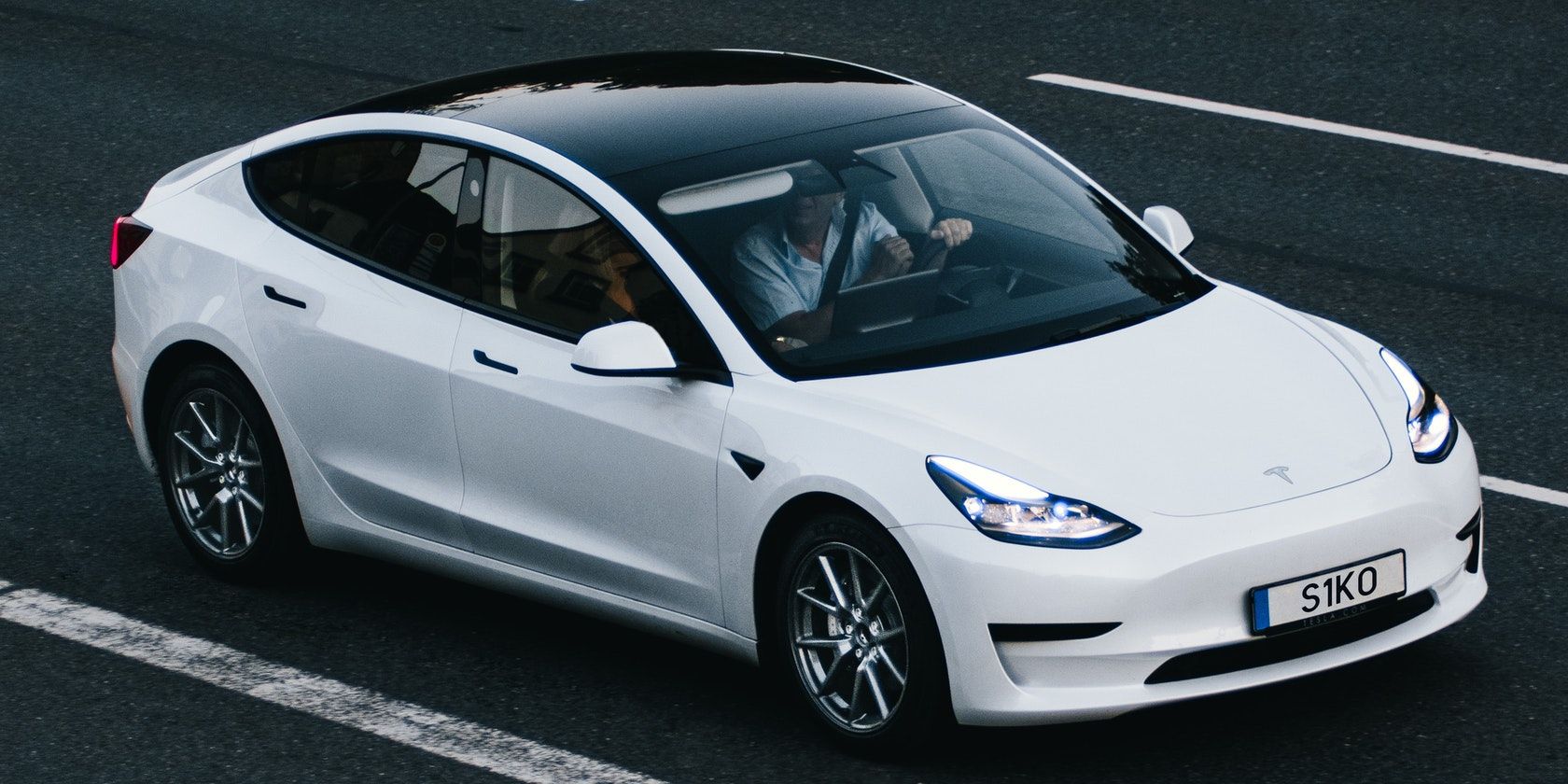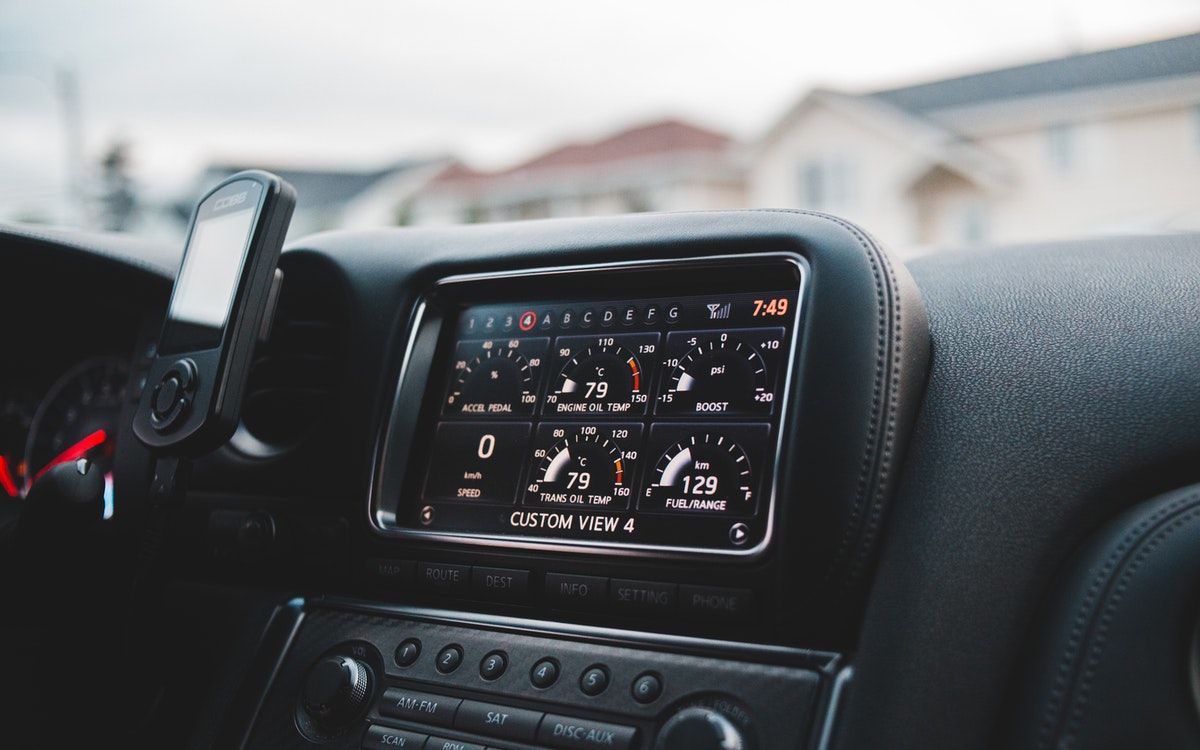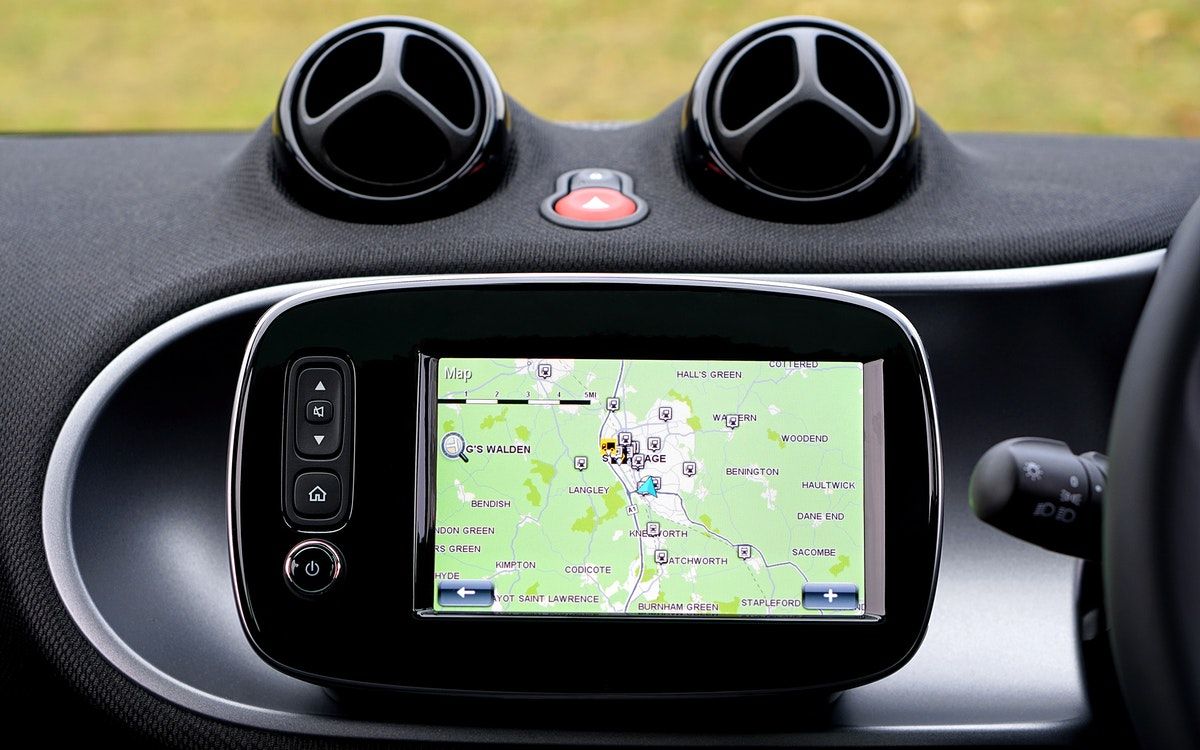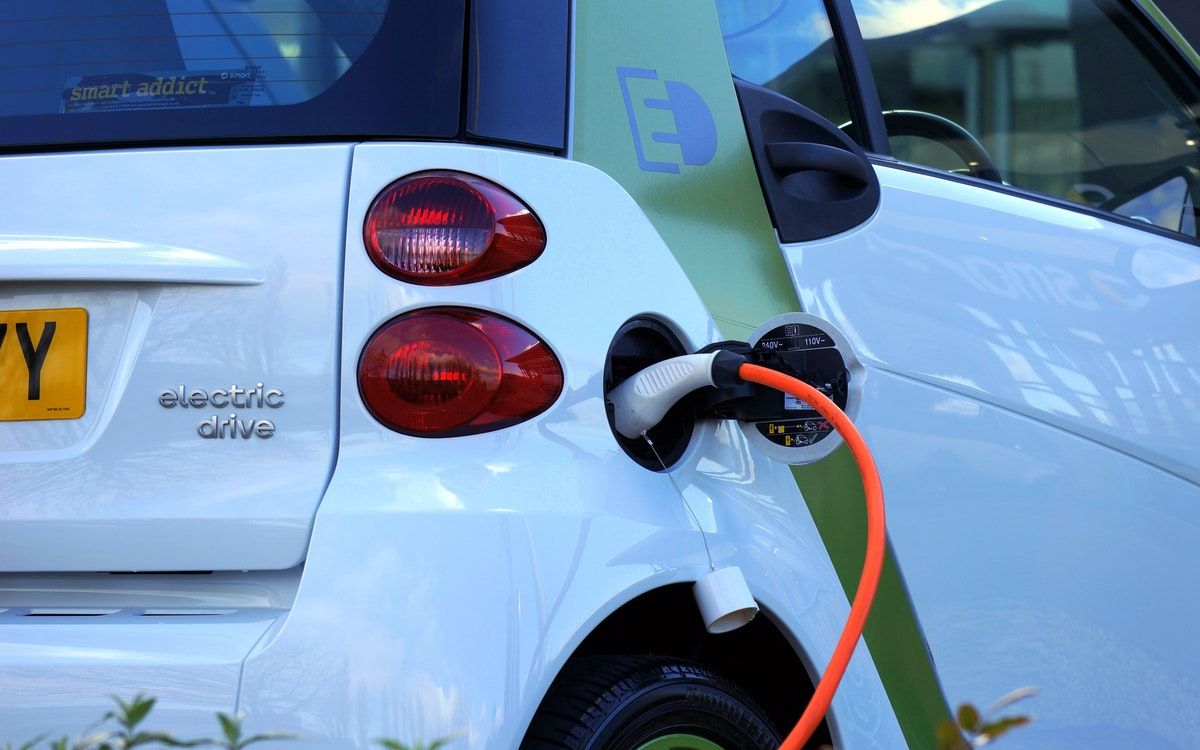Despite the fact that some of the most recent electric vehicles can travel more than 200 miles on a single charge, electric car drivers nevertheless suffer from "range anxiety." Driving with one eye on the road and the other on the vehicle's state-of-charge meter may be nerve-wracking, and no one wants to be stuck on the roadside with a dead battery.
Thankfully, getting the most miles out of a charge is simple, and an electric vehicle’s (EV) range can be extended much beyond its advertised range. Here are a few easy ways to do it:
1. Drive Smoothly
When it comes to maximizing energy use, taking the path of least resistance will always pay off. You won't see miles go from your range indicator faster than they roll under your wheels if you avoid the desire to indulge both in sudden braking and quick acceleration.
You'll be able to carry more speed into corners, over roundabouts, and out of intersections by improving your anticipation and focusing on reading the road ahead. This allows you to be more delicate with the brakes and throttle, allowing you to get more range. More significantly, you'll become a better and safer electric vehicle driver as a result of the experience, as you strive to maintain average speeds without draining the battery.
2. Maximize the Use of Regenerative Braking
Regenerative braking is standard on all electric vehicles. This technology uses the electric motor as a generator to return energy back into the battery every time you step off the gas pedal or brush the brakes. Although just a little quantity of electricity is created, if the setup is used well to prevent activating traditional friction brakes, you can extend the range far beyond what you might expect.
This is especially relevant of electric vehicles that enable you to change the generator's resistance to create a sharper braking effect, releasing more energy to be ploughed back into the battery. Some electric vehicles may be operated in one-pedal configuration, enabling you to come to a near-complete stop without using the usual friction brakes.
To maximize energy generation in the city's typically short stopping distance, it's advisable to select a higher regen level. On the highway, however, a lower regen level is preferable to optimize the distance traveled when cruising.
3. Precondition Your Electric Car
Pre-programming your EV's charging and heating/cooling programs from the comfort of your armchair is maybe one of the coolest tricks you can do with an EV. The air-conditioning system consumes a significant amount of energy to operate, particularly when trying to warm or cool the cabin in high temperatures.
So, if you do this while the car is plugged in and charging, all it needs to do while you're driving is maintain a certain temperature, which consumes less energy.
4. Route Selection
It's not simply a matter of how far you can drive your electric vehicle; it's also a matter of how you get there. The more time you spend on high-speed roads like highways and expressways, the more energy you'll require and the faster your anticipated range will decrease.
However, if you plan your journey well, you can obtain more kilometers per kilowatt. Most navigation systems will work out an effective route in seconds, so you won't have to spend hours looking over your road atlas.
With a few touches on a touchscreen, you can locate an alternative for the most cost-effective path. It will take a little longer to get from point A to point B, but you may be able to go even further on a charge and avoid having to stop for a time-consuming top-up.
5. Maintain the Battery's Condition
With use and time, electric car batteries degrade, losing energy and limiting the optimum driving distance for every charge. Batteries, on average, sustain 75 percent or more of their energy for at least four years. However, the rate at which a battery's capacity degrades is significantly reliant on how it's utilized.
Batteries in cars that are frequently left outside in hot weather degrade at a far faster rate than batteries in cars maintained in temperate climates. The size of the impact varies on the average temperature and model, so picking the correct automobile for warmer climates—which generally means one with an active cooling system—makes a major difference.
The average state of charge (SOC) of a battery is another consideration. The longer an automobile is charged at or near full capacity, the riskier it is for the battery. You can utilize driving data to arrange charging cycles that keep SOC moderate, or even park EVs in cooler areas during the day when they aren't in use.
6. Keep It Tight
The more weight a vehicle carries, the less efficient it becomes. For slight range increases, remove any non-essential load out of the car when it's in use. Passengers, delivery items, or equipment you bought but haven't thought to take it out of the car all fall into this category. Every little bit makes a difference.
7. Be Brave
According to a survey from Venson, drivers of electric vehicles are overly anxious about running out of power. Educating drivers on how to combine driving data and route expertise with an EV's built-in range forecasts should enable them get the most from each charge. Cutting a trip short unnecessarily or extending service to charge when more power isn't needed could be a waste of money and time.
No More Range Anxiety
Electric vehicles have progressed at a breakneck pace. Lithium-ion batteries have enabled automobiles to travel hundreds of kilometers on a single charge. In the coming years, new models with a range of 500 miles or more are likely to hit the market. Hundreds of miles is plenty for most people's everyday commutes, but now you know how to get the most out of your electric vehicle's battery.







